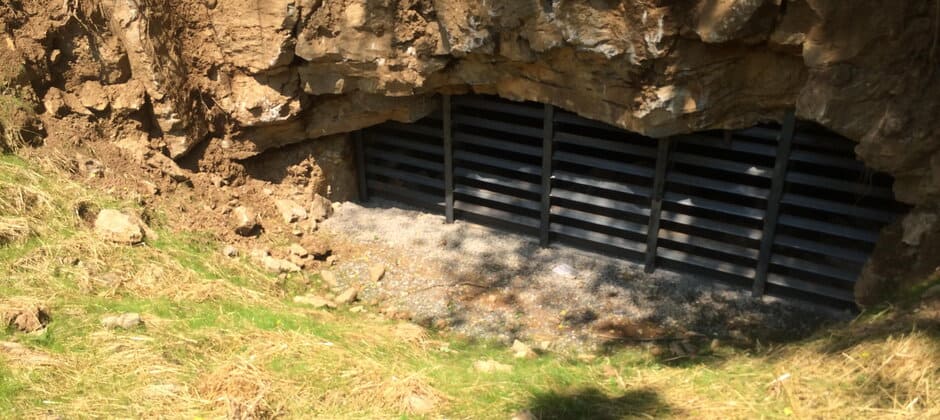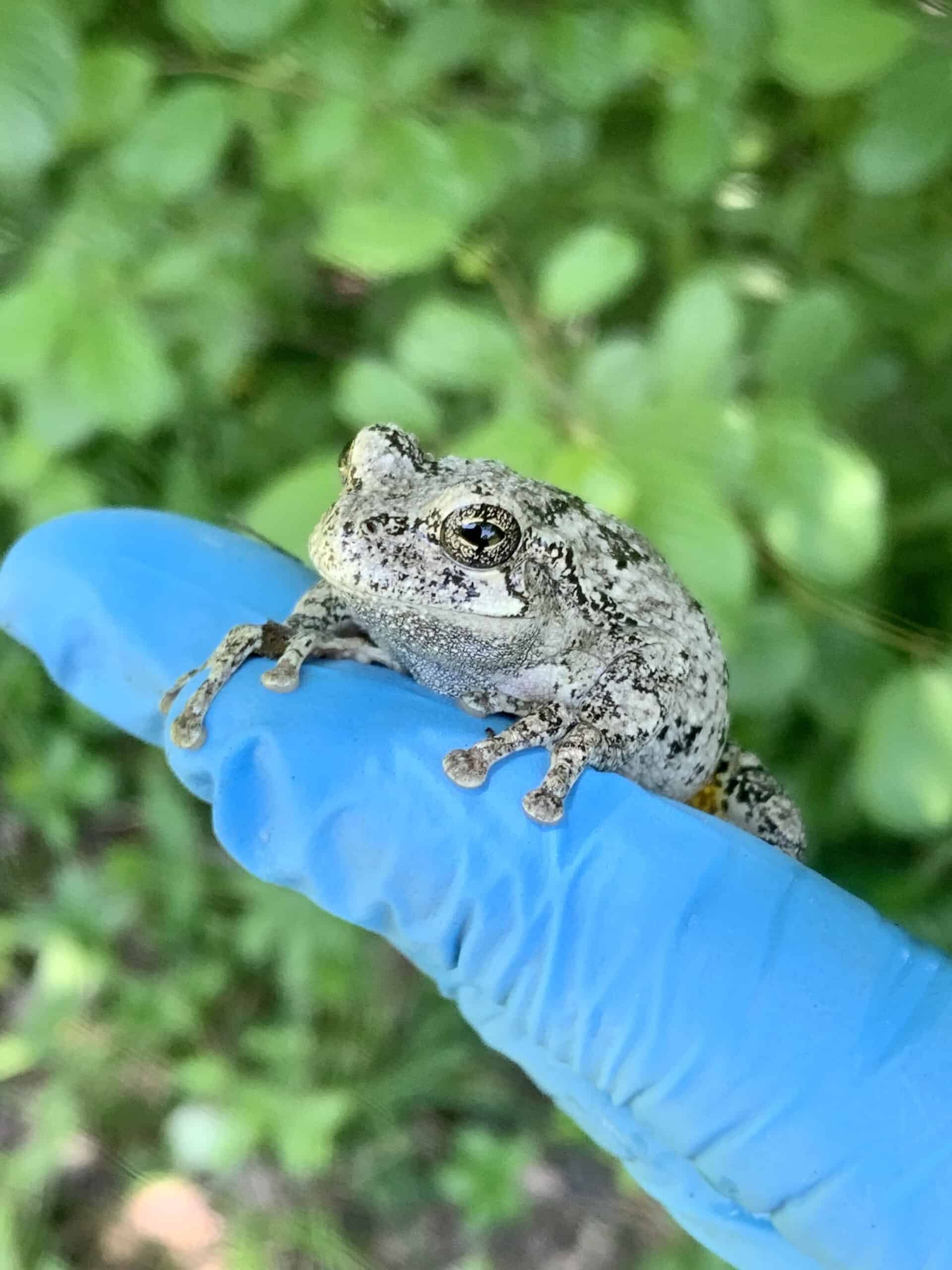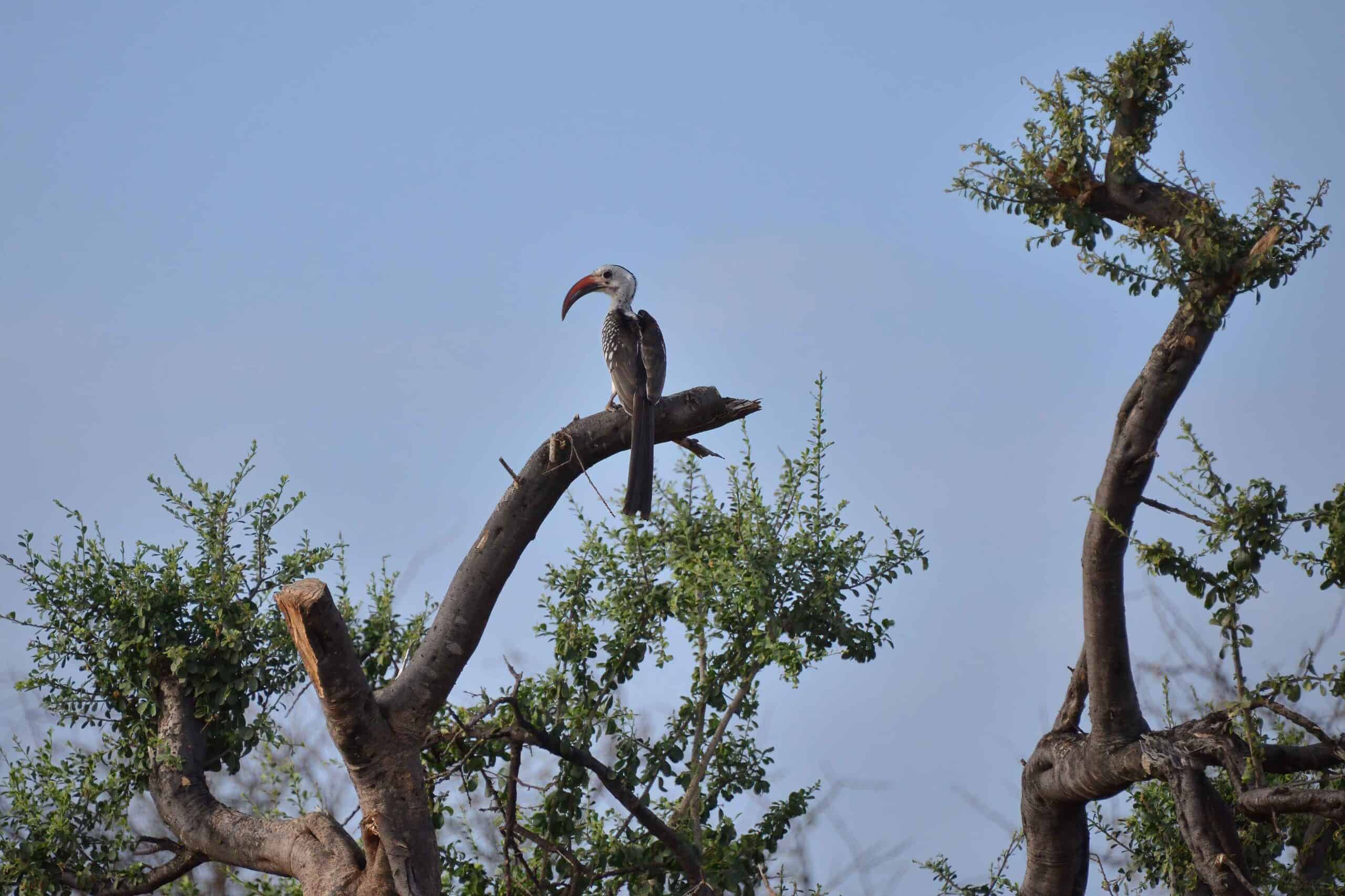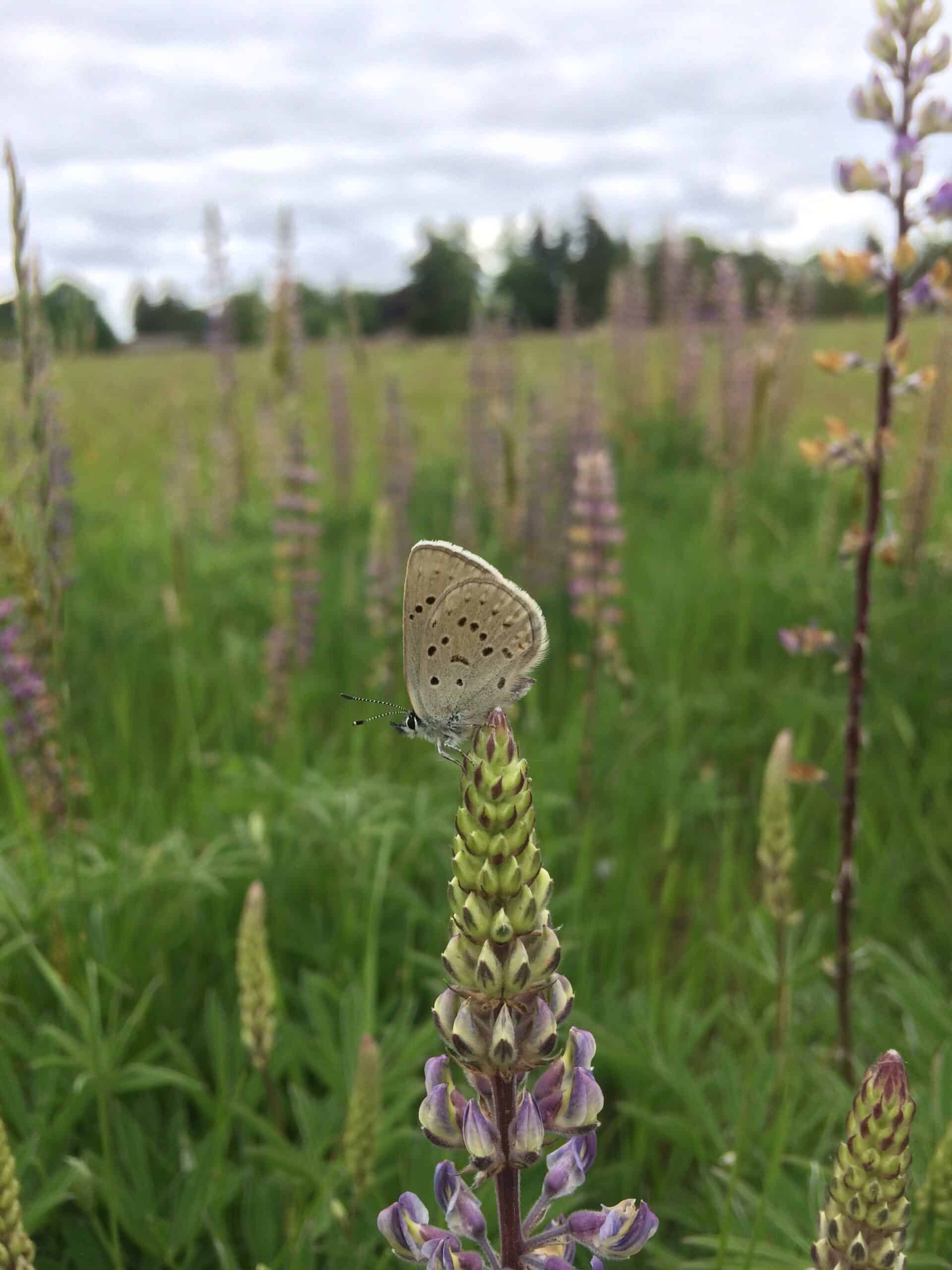Share this article
Cool caves help bats survive white-nose syndrome
A little air-conditioning might help some bat populations better resist a deadly fungal pathogen.
Bat populations have been dropping drastically due to white-nose syndrome across the eastern and central United States and in parts of Canada. Researchers have tried everything from vaccinating bats to bacteria treatments, to stymie the spread of the deadly disease caused by the fungus Pseudogymnoascus destructans.
Now, wildlife managers have turned to a new strategy that disrupts the climate conditions the fungus needs to proliferate: they are cooling down bat caves.
“We went in and tried to alter the habitat for bats,” said Joseph Johnson, an assistant biology professor at Ohio University.
A past study in Michigan and Wisconsin and other research in Pennsylvania has shown that in the face of white-nose syndrome, bats survive better in caves with lower temperatures, since the fungus doesn’t tend to grow there. Other laboratory research has shown that Pseudogymnoascus destructans grows best on petri dishes at about 12 degrees Celsius—any warmer or colder and it grows much more slowly.
White-nose syndrome causes bats to wake up more often during hibernation, making them exert energy to keep warm. They need to reserve that energy to last without food through the cold months, and eventually, they may starve to death. The fungus also causes dehydration, with many bats losing more water through wings covered in fungus.
Johnson and his colleague noticed that caves in Pennsylvania where populations were hanging on over the years were at sites colder than 12 degrees Celsius during the winter, when most deaths related to the fungus occur. “We saw the same general trend—bats were increasing in our cooled and naturally cool environments,” he said. “If bats are surviving in these colder environments, these [sites] are actually rare in Pennsylvania.”
Johnson co-authored a study published recently in Conservation Biology looking deeper into his speculations. Lead author of the study Gregory Turner with the Pennsylvania Game Commission found a few degraded cave habitats that they could alter without undue impacts on the bats they were trying to conserve, such as an old mine and a commercial cave with low biodiversity. Little brown bats (Myotis lucifugus) and tricolored bats (Perimyotis subflavus) were found at those sites.
At one site, the Pennsylvania Game Commission bulldozed some earth to block more of an open shaft that was releasing cold air from the mine. In another mine, they had to drill a hole into the mine to vent more warm air through the ceiling.
“The internal structure of every underground environment has its own airflow dynamics,” Johnson said.
These cooling strategies worked, dropping the temperatures in both sites by several degrees.
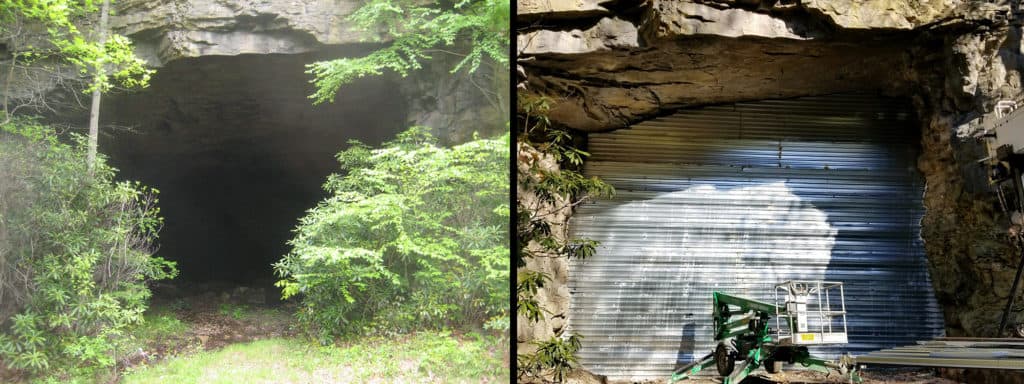
A cave opening before it was sealed on the left, and after sealing on the right. Credit: Gregory Turner
Each bat in Pennsylvania prefers a slightly different temperature niche. Little brown bats, for example, prefer colder caves than tricolored bats. Nonetheless, the researchers found that artificially cooling the caves helped the populations of both species increase in diversity and numbers.
“Just that two degrees, on average, takes [the caves] that much further from the optimal growth rate of the fungus,” Johnson said.
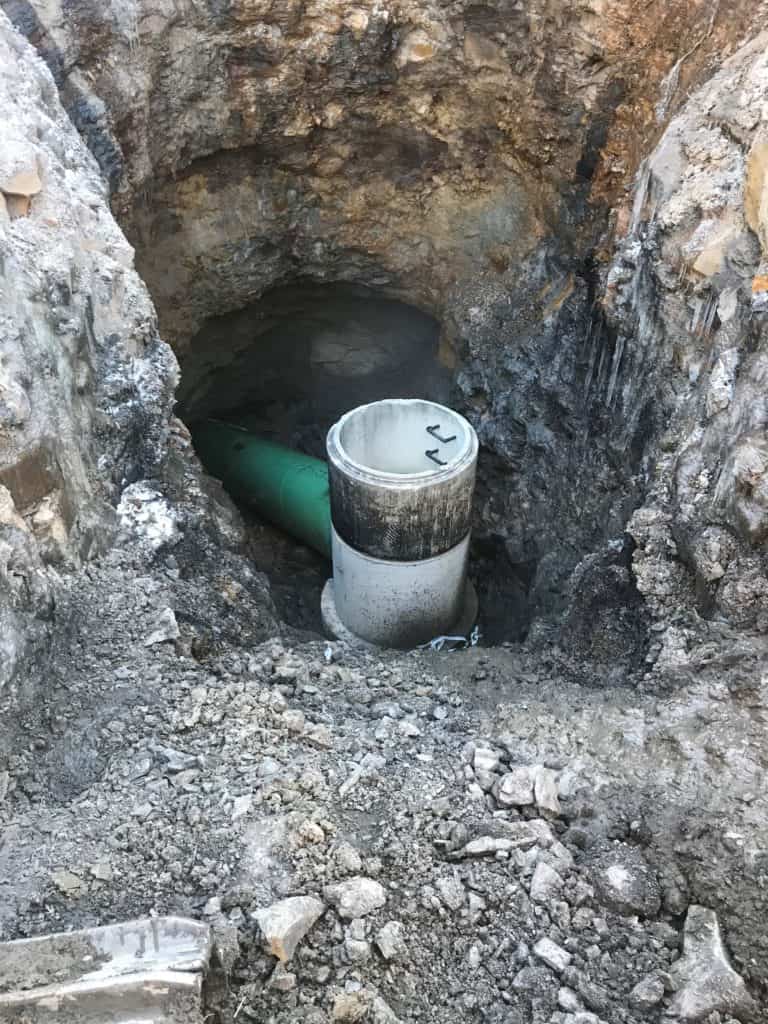
While this technique seemed to work in these environments, Johnson cautions against the idea of cooling previously or currently important bat hibernaculum. It would be better to maintain those caves as they are in case bats may naturally overcome the deadliness of white-nose syndrome through adaptation, he said. There are also other potential costs to the population that could occur from cooling hibernacula. Cooling caves too much or creating sites not stable enough in temperature may just drive bats to other caves, as they may prefer temperatures within the optimal niche for the growth of white-nose syndrome.
The research does show how important it is to conserve bat caves with cooler temperatures as they may act as safe havens from white-nose syndrome, especially at latitudes similar to those of Pennsylvania, or farther south.
Meanwhile, it may be worth tinkering with the temperatures of some abandoned mines bats use to provide more hibernation habitat.
“It’s our hope that this is going to be one of the tools in our toolbox to help mitigate—to help reduce—the impact of white-nose on the population,” Johnson said.
Header Image: Researchers made a number of modifications to cave openings to cool them or heat them to create temperatures less favorable for the proliferation of the white-nose syndrome fungus. Credit: Gregory Turner



